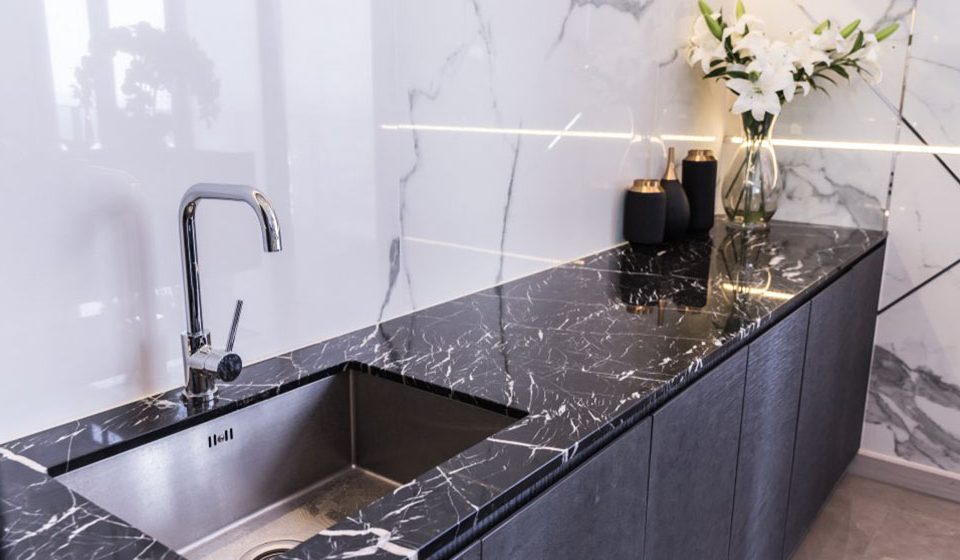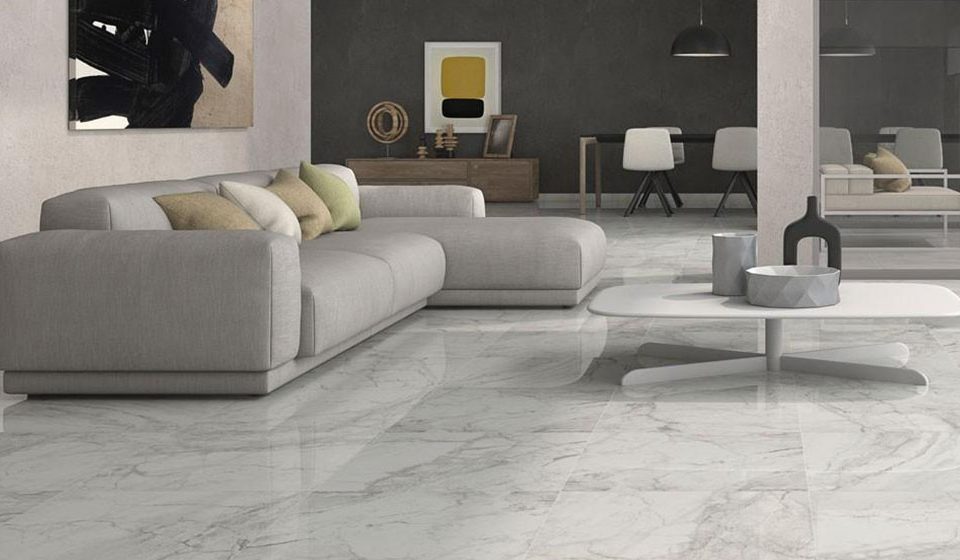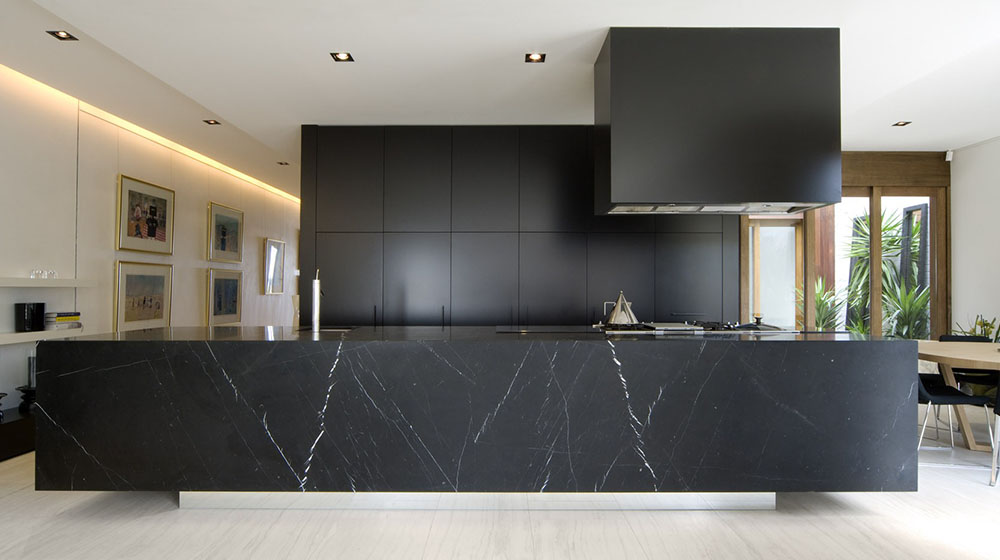
Familiarity with different types of black marble
6 April, 2024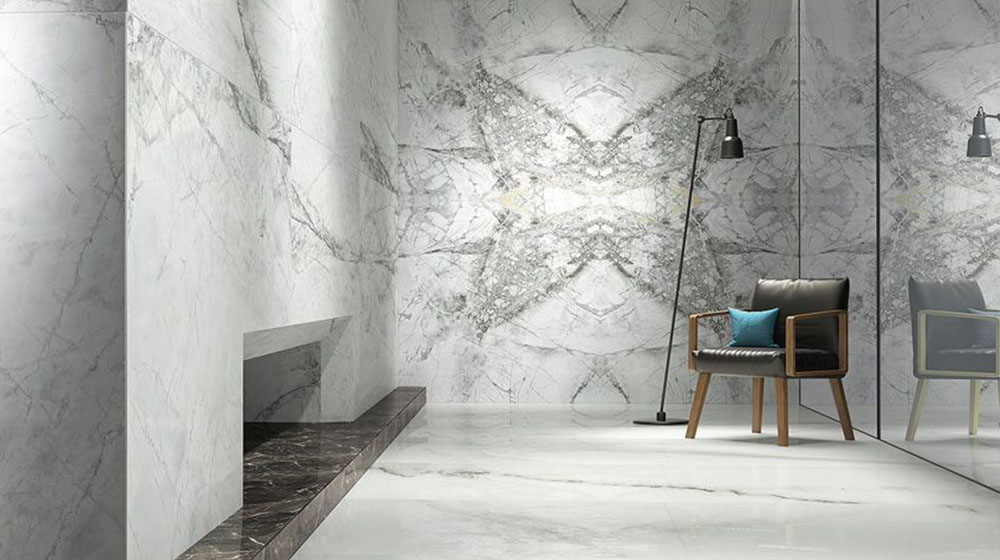
Familiarity with the types and applications of formatch slab stone
20 April, 2024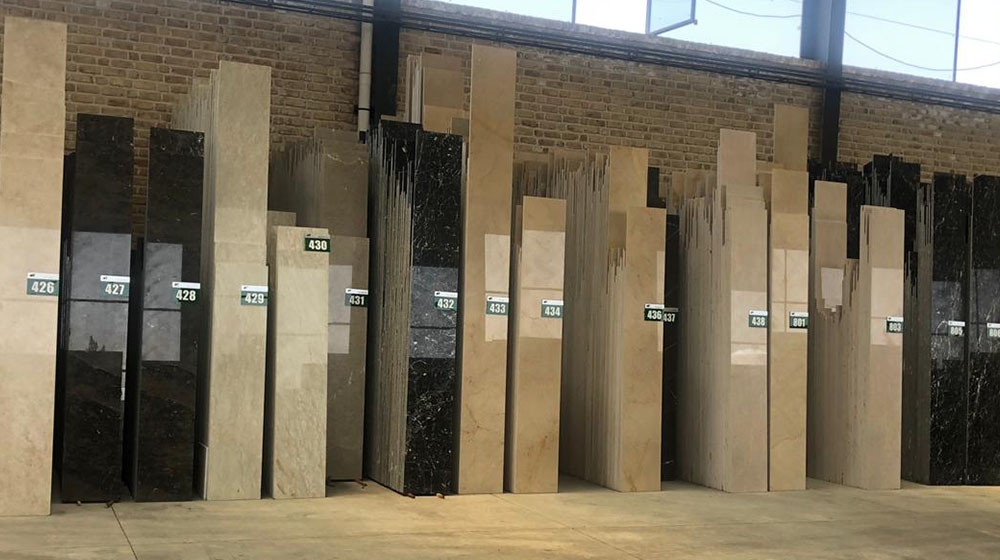
There is only one building material that has stood the test of time, from humanity’s primitive beginnings to the technological marvels of today’s society—stone. Natural stone is also environmentally friendly, because its, well, natural. You can mix it with other natural and sustainably sourced materials too. Formed through years of subterranean heat and pressure, natural stone boasts extraordinary beauty and strength.
- Heat & fire resistant
- Scratch & chip resistant
- Stain & etch resistant
- Lasts a lifetime with proper care
Since natural stone is mined, each one is completely unique. From kitchen countertops and bathroom vanities to wall stone tile and stone flooring, natural stone transforms any surface into a one-of-a-kind masterpiece.
Tile stone
A tile is usually a thin object of square or rectangular. The word derives from the French word Tuile, which is derived from the Latin word, which means that the exterminated clay roof tile. Tile stones are the most common stones used in the construction industry. Unlike slab stone, tile is the final product of the stone-cutting process and does not deform after that. In fact, tile is a sized rock. Tiles are often formed in the wall and floor cover carpets, and can be complex or mosaic from complex square tiles.
Types of tile stones
The following natural stones can be easily cut to tile dimensions:
- Onyx stone
- Marble
- Granite
- Limestone
- Travertine
- Stone document
- Quartz stone
Dimensions of tile stone
One of the best features of tile stone is that it can be ordered in different dimensions and sizes. Tile stones are cut into squares measuring 40 by 40, 50 by 50, 60 by 60, 80 by 80. However, apart from these standard dimensions, the cut can be changed according to the customer’s taste and desire and cut to custom. The thickness of tile stones is less than slab stones and is less than 2 cm.
Application of tile stones
Stones with different cuts have different uses. In simpler terms, the type of use of the stone determines its dimensions. In some parts of the building, large stones such as slabs cannot be used. So we have to choose stones with smaller dimensions such as tiles. Also, some types of natural stones can not be cut in large dimensions, and according to its characteristics, the stone must be processed and cut in smaller dimensions. Tile stone is one of the most widely used types of natural stone dimensions. In this regard, tile stones can be used in commercial office and residential construction projects. Tile stone can be easily used in most parts and important interior decoration of the building, such as the wall or floor of the kitchen, bathroom and reception hall. Many architects and contractors also use tile on the exterior of the building.
The difference between tile and slab stone
The most important difference between tile and slab is in size and quality. Huge and large stones that are at a high level in terms of quality become slab stones. However, this does not mean the lack of quality of tile stone. Other differences between these two stones are:
- Tile is cheaper and more cost-effective in terms of price and cost.
- Tile stones can be cut to custom dimensions except for the ones mentioned above.
- Tile stones are easier to transport and install because they are smaller than slab stones.
- The cutting accuracy in tile stones is very high and millimeters.
In general, due to the positive properties mentioned, tile stone has a high efficiency and importance in construction.

